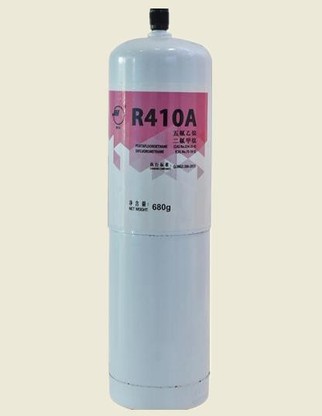Dichloromethane (DCM) is one of the most commonly used organic solvent organic laboratory, as one of the few not nucleophilic polar aprotic solvents, which for many organic compounds have good solubility, petroleum ether dissolved out or dimethyl sulfoxide dissolved out of small molecules, often dissolved in dichloromethane is quite good.
While dichloromethane seems like the perfect organic solvent -- which is why it's used in almost every organic lab -- the downside is that its toxicity is worrisome. OSHA -- the Occupational and Health Standard -- gives its PEL (permissible exposure limit), STEL (Permissible concentration for short Exposure), and acGIH-TLV (threshold limit for short Exposure) as defined by the U.S. Government's Board of Industrial Hygienists, all in the tens of parts per million range, and it is clear that many laboratories have concentrations of DCM vapor that are much higher than this.
In addition, Dichloromethane is hepatotoxic. In Hepatotoxicity of Dichloromethane, the authors show that liver cells can produce carbon monoxide in the presence of Dichloromethane.
When using methylene chloride, be sure to do a good job of ventilation. In addition, methylene chloride strongly expands rubber and can damage plastic and skin, so gloves should be worn to prevent leakage.







